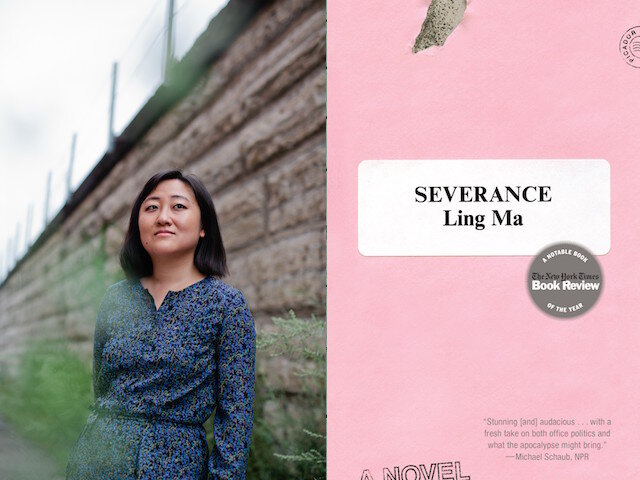Image via The New York Times
Like many of us, I was memorized by Rep. Alexandria Ocasio-Cortez (AOC)’s July 23rd speech on the floor of the House of Representatives in response to being accosted and insulted by Rep. Ted Yoho on the Capitol steps a few days earlier. Her words reverberated in my mind for days.
I was not shocked at all by Rep Yoho’s abusive behavior. We have seen situations like this played out in the media many times before. But AOC’s response felt different and, at first, I couldn’t put my finger on it. After reading some early press coverage, it seemed like the media was focusing on the story of two individuals—condemning Rep Yoho for his behavior and praising AOC for her succinct rebuttal to his pathetic non-apology about having a wife and daughters. This was all well and good but I still felt these articles missed the point.
To me, the most important part of her speech was when she said this: “This issue is not about one incident. It is cultural. It is a culture of lack of impunity, of accepting violence and violent language against women and an entire structure of power that supports that.” She wasn’t just standing up for herself and calling out one man’s bad behavior. She was articulating how easily he used his privilege as a white male to intentionally undermine her power, discredit her ideas, and intimidate her with violence.
In the following weeks, I read more essays—written by women—that helped me understand why her words stayed with me. As Emily Peck wrote in her article for the HuffPost, AOC “offered an eloquent and expert dismantling of the playbook that men have used to keep women in their place for centuries.” THIS! This is what I want to keep thinking and talking about long after this incident has left the news cycle. “Degradation and dismissal of women,” writes Rebecca Traister in her powerful article The Poison of Male Incivility, “...has been key to the building and maintenance of disproportionately male power in American political, economic, social, and sexual life.”
There’s a lot to unpack here and it’s exciting. How does this “playbook” show up in our lives? How is it used by men and women alike to maintain the status quo? What can we do to understand it more and dismantle it? By calling out this systemic misogyny, AOC demands that we address not only Yoho’s behavior but the power structure that enables it to continue—a more difficult but essential task.
In the week following her speech, AOC posted her notes on Instagram and wrote a caption that felt like she was speaking directly to me:
“Many have asked me if my speech was pre-written. The answer is no. But in some ways, yes. Yes because this speech was a recounting of thoughts that so many women and femme people have carried since the time we were children. It flowed because every single one of us has lived this silent script: stay silent (why?), keep your head down (for whom?), suck it up (to whose benefit?).”
I immediately want to make this into a sticker and post it on every surface in my apartment. Thank you, AOC, for speaking truth to power. Now it’s time to continue the discussion. How did her speech impact you? Did it affect you differently than other times that women spoke up?
In solidarity,
Liz Holohan







